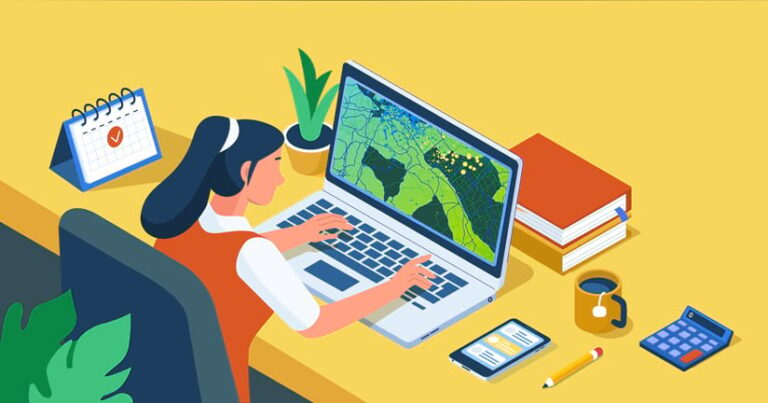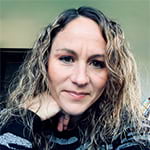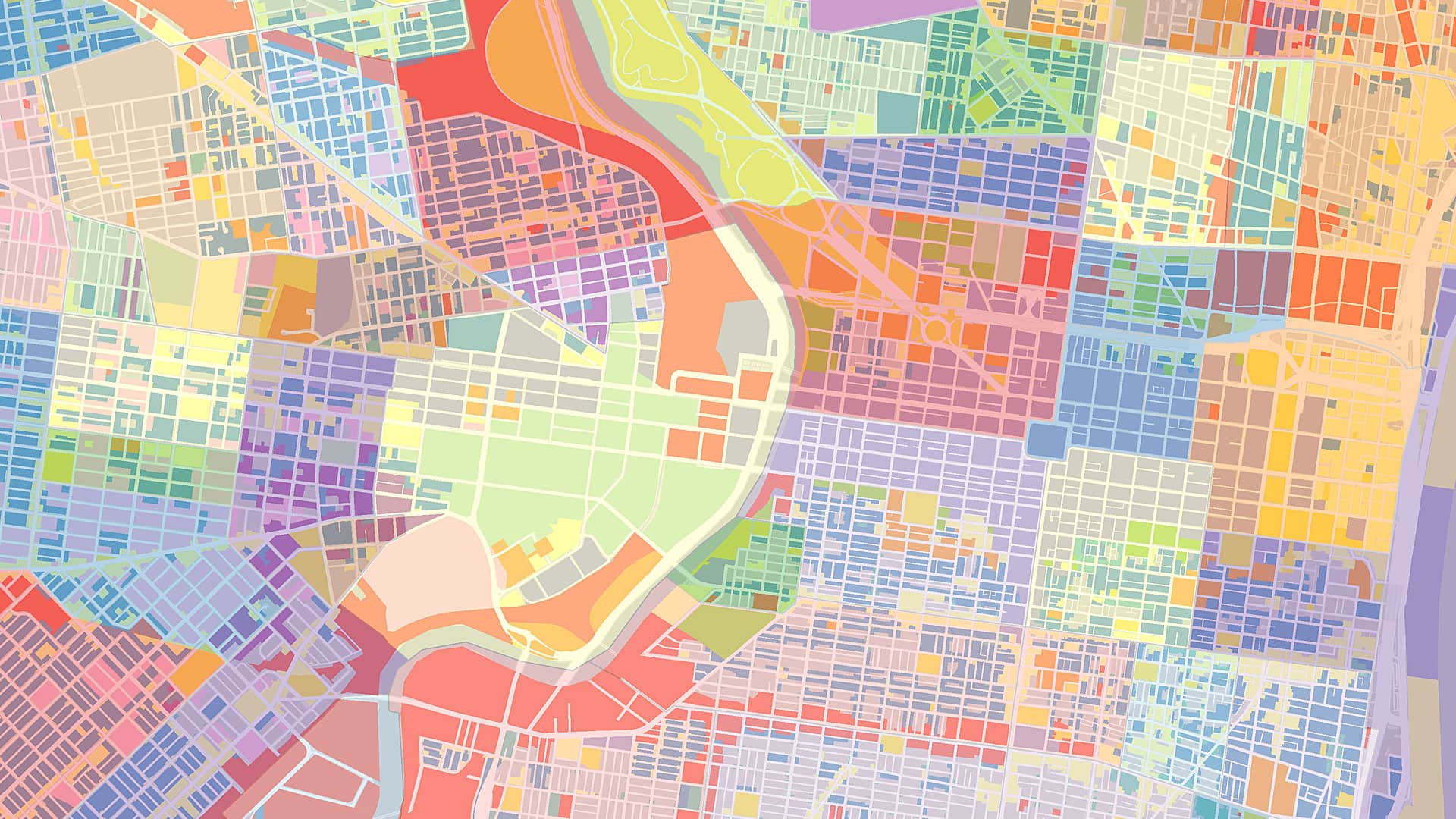Every year, students in my high school geography class formulate geographic questions about a community issue of their choice. Through research and the use of ArcGIS technology, such as ArcGIS Online, ArcGIS StoryMaps, and ArcGIS Survey123, they visualize data, communicate their analysis and insight, and recommend ways to take action.

The curriculum and tools make it possible for students to pose and address questions that align with their interests and experiences, such as, How does an area’s income affect available skateboarding opportunities, or How do families’ income levels shape students’ education and impact their schools’ spending decisions? Other students choose to use their knowledge of GIS and ArcGIS technology to explore issues of environmental or social justice by looking at Black Lives Matter protests, access to libraries, or polluted waterways. They use geography to better understand their lives and issues that mean something to them.
But less than a decade ago, this work was almost made impossible when officials at the Sweetwater Union High School District (SUHSD), where I work, considered ending the ninth-grade geography requirement. Given that SUHSD—located between San Diego and the California-Mexico border—is the largest secondary school district in California, this would have hindered a significant number of students from learning a subject that is not only crucial for making sense of the world but that also introduces skills and ways of thinking that are in high demand professionally. Teachers advocated to preserve the requirement, though, and worked with the California Geographic Alliance to reenvision its purpose and design. Today, almost all ninth graders in the district take the enhanced geography course, or Advanced Placement (AP) Human Geography.
Unfortunately, this local success story is not a common one. Despite a rise in select students taking AP Human Geography, geography education in the United States is in peril. While it is common in many countries for students to take multiple years of geography in school, in the United States, it is rare for students to get more than one year of stand-alone geography. In fact, fewer than half of states require geography at all. Geography’s status as a school subject is particularly depressing when compared to that of other well-funded, newer subjects like computer science, which benefits from having a central position in the push for more science, technology, engineering, and mathematics (STEM) education.

Better funding doesn’t always result in better outcomes, however. Computational disciplines like computer science still struggle to attract young women and Black, Indigenous, and People of Color (BIPOC) students. Interestingly, to improve student engagement in different subject matters, including computer science, GIS is increasingly being used as a teaching tool. This highlights the potential for improving learning outcomes if teachers align GIS-inspired curriculum with the interests and concerns of students and their communities. On the other hand, the growing use of GIS as a teaching tool also means it risks being uncoupled from learning about geography and geographic thinking.
Today’s students live at the intersection of social, economic, and environmental systems that are intricately interconnected and often conflicting. A rising sea of big data reflects current challenges but also offers a vital opportunity to take control of the future. Schools need to respond by equipping students with the literacies they need to understand and navigate the complexities of today. For example, there is a growing number of jobs that require skills in both geography and computer science, yet school structures—like which classes are required for graduation and high teacher-to-student ratios—make it a challenge to teach lessons that join the two. Cross-disciplinary lessons, however, may be crucial to teaching students complex ways of thinking early on in their educational journeys.
This potential is the focus of a three-year project funded by the National Science Foundation called Encoding Geography. The project seeks to develop curriculum that can lead students on a pathway toward majors and careers where geography and computer science converge.
Encoding Geography is a research-practice partnership among SUHSD; San Diego State University; San Diego Mesa College; and the University of California, Riverside; with organizational support from the California Geographic Alliance, the American Association of Geographers (AAG), and the National Center for Research in Geography Education. Educators will engage students with geocomputational lessons that illustrate how both spatial and computational thinking can be useful for understanding issues that are important to them and their communities. This partnership also invites professionals to showcase how geocomputational thinking is used in an array of careers.
Encoding Geography addresses an important first step in creating structures for collaboration across disciplines. Without reinstating geography in schools where it has disappeared, without transforming the geography that’s currently taught, without inclusively meeting the needs and aspirations of diverse student populations, and without partnerships like the ones described here, preparing students for geospatial majors and careers will be severely limited. Furthermore, it will be difficult to develop a more geographically informed populace in the United States, which is currently a critical need.
The student projects made possible by SUHSD’s reimagined geography course don’t simply prepare students for potential employment as GIS specialists; they also provide a rationale for all students to learn geographic ways of thinking and studying the world. This strengthens the case for geography and GIS in schools and might go a long way toward introducing the prospect of geospatial careers to a more diverse group of young people.


